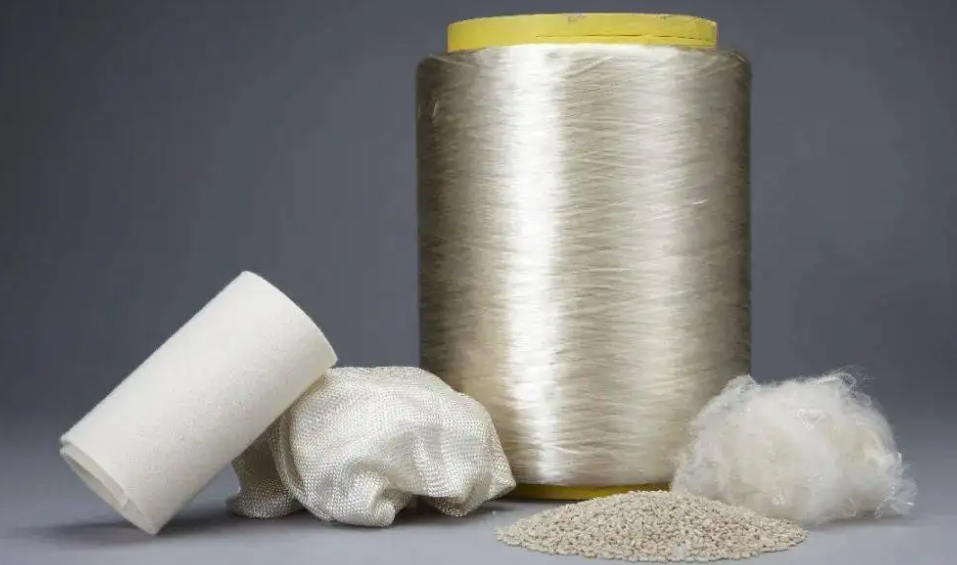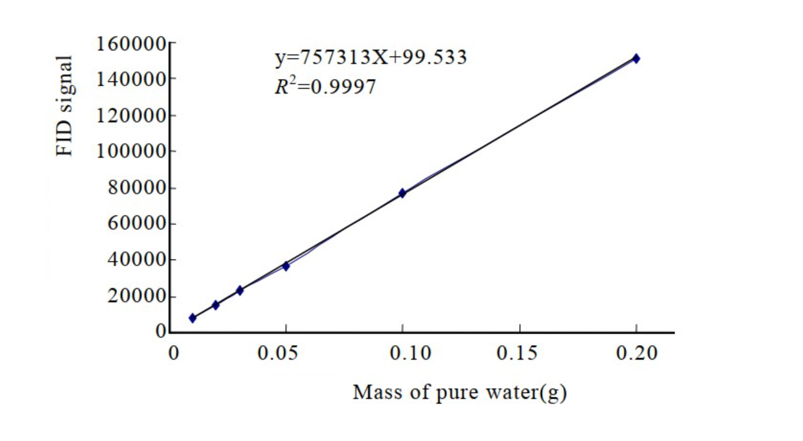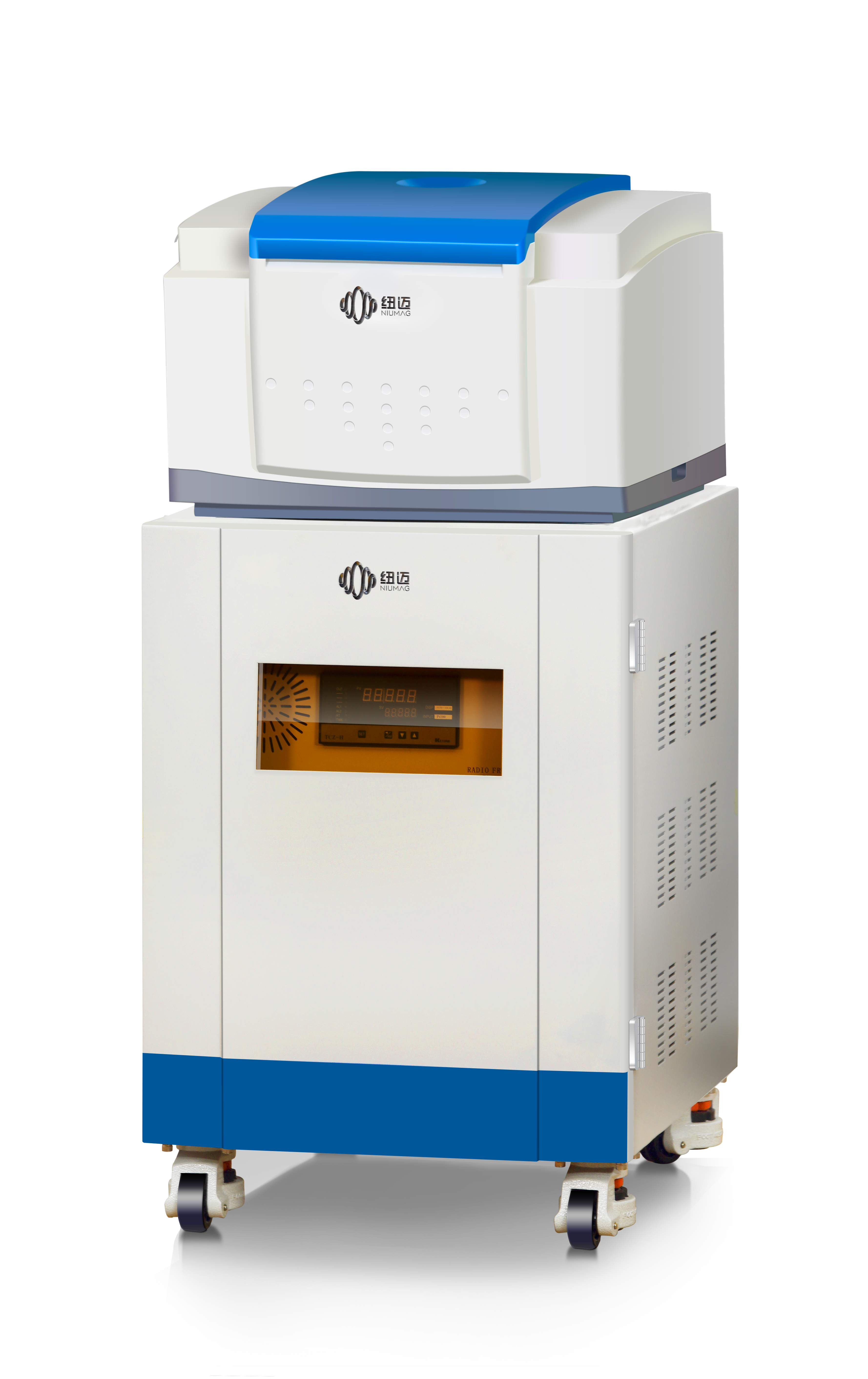Tecnología de detección de acabado de centrifugado mediante RMN de sobremesa
Que es la fibra de algodón?
La fibra de algodón es una fibra de semillas formada por alargamiento y engrosamiento de las células epidérmicas del óvulo fertilizado, que es diferente de la fibra de Bast General. Su principal constituyente es la celulosa. La celulosa es un compuesto de polímero natural con la fórmula estructural química (C6H10O5). El contenido de celulosa del algodón maduro normal se trata 94%. Además, contiene una pequeña cantidad de pentosos, ceras, proteínas, grasas, sustancias solubles en agua, cenizas y otros concomitantes. Porque la fibra de algodón tiene muchas excelentes propiedades económicas, se ha convertido en la principal materia prima para la industria textil.
Propiedades de las fibras de algodón:
La fibra de algodón tiene alta fuerza, buena permeabilidad al aire, Mala resistencia a las arrugas y mala capacidad de tramo; buena resistencia al calor, segundo solo del cáñamo; pobre resistencia al ácido, Diluir resistencia al álcali a temperatura ambiente; buena afinidad por los tintes, fácil de teñir, El espectro de color está completo, y el color es relativamente brillante.
Características de las telas de fibra de algodón:
- Tiene una fuerte higroscópica y una gran tasa de contracción, Alrededor de 4 ~ 10%.
- Álcali y resistente al ácido. El algodón no es estable para los ácidos inorgánicos, e incluso el ácido sulfúrico muy diluido lo dañará, Pero el ácido orgánico tiene un efecto débil y casi no tiene ningún efecto destructivo. La tela de algodón es más resistente al álcali. Generalmente, El álcali diluido no tiene un efecto en la tela de algodón a temperatura ambiente, pero después de la acción de álcali fuerte, La fuerza de la tela de algodón disminuirá. La tela de algodón a menudo se trata con 20% Solución cáustica de soda para obtener “mercerizado” tela de algodón.
- La resistencia de la luz y la resistencia al calor son promedio. El algodón se oxida lentamente a la luz del sol y la atmósfera, reduciendo su fuerza. La temperatura alta a largo plazo dañará el algodón, pero puede soportar un tratamiento de alta temperatura a corto plazo a 125 ~ 150 ° C.
- Los microorganismos tienen un efecto destructivo en las telas de algodón. Se muestra en intolerancia al molde.
Método de detección de acabado giratorio de Benchtop RMR
Los métodos de prueba especificados en el estándar actual GB/T. 6504-2008 “Método de prueba para el contenido de aceite de fibras químicas” incluir método de extracción (en lo sucesivo denominado método de extracción estándar), método de lavado con jabón neutro, método de índice de refracción óptico y método de resonancia magnética nuclear. Este artículo presenta principalmente el método de resonancia magnética nuclear utilizada para detectar el contenido de aceite de la fibra de algodón.
Tecnología de detección de acabados giratorios (Método de RMN de campo bajo)
El principio del método de resonancia magnética nuclear es utilizar la espectroscopía de resonancia magnética nuclear para transmitir un campo magnético pulsado a la muestra de fibra. Cuando se cancela el campo magnético, Se detecta la señal magnética de respuesta de la muestra.. Dado que la señal emitida por la fibra decae más rápido que la señal emitida por el aceite, de los dos. La diferencia se puede convertir al contenido de aceite de la muestra.
Proceso de prueba: Después de 3 ~ 6, se utilizan muestras de fibra con contenido de aceite conocido para la calibración, La muestra desconocida se puede probar en 30 ~ 3 minutos. El proceso de prueba es rápido y no destructivo., permitiendo pruebas de procesos industriales en línea.
Tecnología de detección de acabados giratorios (Método de RMN de campo bajo) Ventajas:
- La velocidad de prueba es rápida, y la prueba se puede completar en unos pocos días.
- La calibración del instrumento es simple.
- Comparado con los métodos tradicionales., La repetibilidad y la reproducibilidad de los métodos de RMN son mucho mejores.
- El método magnético nuclear se puede utilizar para la inspección de calidad y el control de calidad en el proceso de producción industrial, Ahorrar mano de obra y mejorar significativamente la eficiencia..
- El instrumento es fácil de operar, No se requieren técnicos, y el personal no entrenado también es fácil de operar.
- Función poderosa, Adecuado para la prueba de tasa de engrasamiento de fibra.
- No hay requisito para la forma de la muestra.
- La RMN es una prueba no invasiva y no destructiva, y la misma muestra se puede medir repetidamente según sea necesario.
- La señal de RMN es generada por todos los núcleos de hidrógeno en todo el volumen de la muestra, Y el resultado de la prueba no depende de la superficie de la muestra ni del color de la muestra..
Niumag Benchtop RMN para detección de acabados giratorios
 mohoso
mohoso


